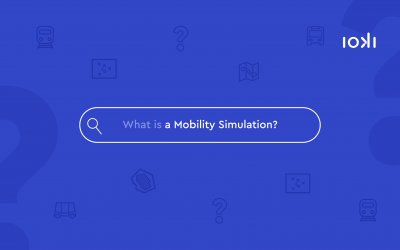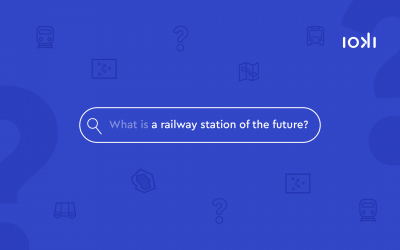How does it work?
Vehicles follow pre-determined routes or stops but only serve them when passengers book a ride through an app or booking system. Routes and departure times are adjusted flexibly based on actual demand.
Advantages:
- Flexibility: Passengers book as needed, without being tied to rigid schedules.
- Efficiency: On-demand buses only run when there is demand. This reduces unnecessary journeys without passengers and ensures optimal resource use.
- Filling gaps: Particularly in rural areas or during less busy times, this approach is a valuable addition to existing public transport services.
How does line-based on-demand mobility work with ioki?
On the ioki Platform, line-based DRT is enabled by the feature “Lines”. As soon as a passenger books a ride through the ioki Passenger App, the route is activated. The driver is then navigated to the pre-booked stops with the help of the ioki Vehicle App and the algorithm.
Operators can either manually create routes in the Control Centre or integrate planning data from other tools. The system allows for flexible adjustments, such as fixed arrival and departure times at stops to facilitate intermodal connections. This makes line-based DRT the perfect complement to the future of public transport.



